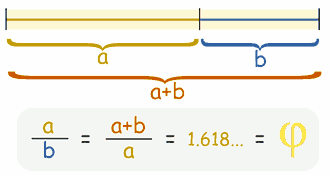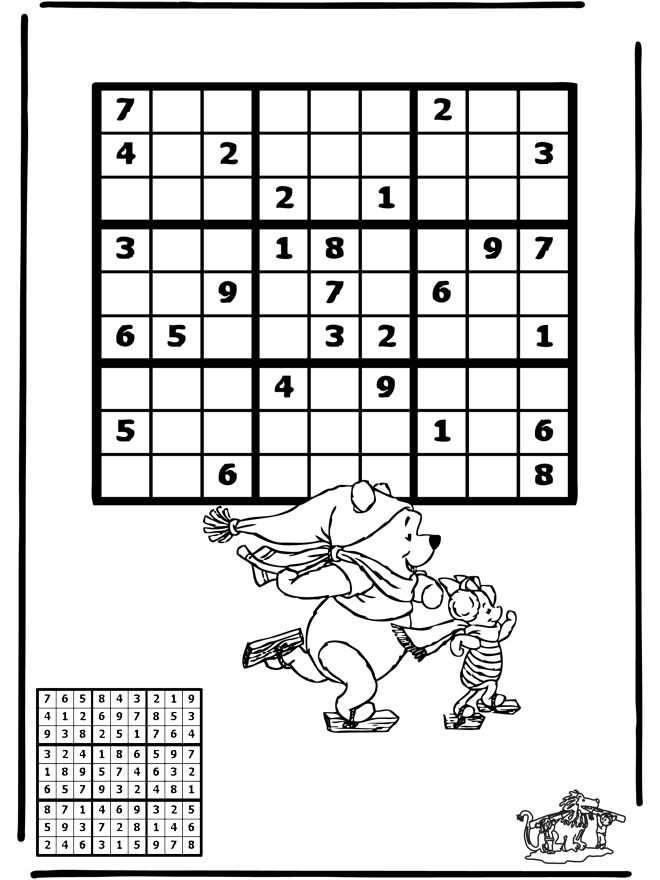We always teach inside a class with white board and maybe computer.
However learning in outdoor is possible to make pupils more excited and can learning fun.
I will share with you one of the outdoor game that can play and learn in a same time.
Friday, 14 December 2012
Wednesday, 12 December 2012
MAthematic games
When pupils think that mathematics is bored, as a teacher we should let them learning fun.
One of the activities can be carried is mathematics base game during mathematics class.
Seeing children with great smile during my class can make me happy as well.
One of the good activity i would do is SODOKU games.
Sudoku (数独 sūdoku?, すうどく) i/suːˈdoʊkuː/soo-doh-koo is a logic-based,[1][2] combinatorial[3] number-placement puzzle. The objective is to fill a 9×9 grid with digits so that each column, each row, and each of the nine 3×3 sub-grids that compose the grid (also called "boxes", "blocks", "regions", or "sub-squares") contains all of the digits from 1 to 9. The puzzle setter provides a partially completed grid, which typically has a unique solution. ( description taken from wikipedia)
i/suːˈdoʊkuː/soo-doh-koo is a logic-based,[1][2] combinatorial[3] number-placement puzzle. The objective is to fill a 9×9 grid with digits so that each column, each row, and each of the nine 3×3 sub-grids that compose the grid (also called "boxes", "blocks", "regions", or "sub-squares") contains all of the digits from 1 to 9. The puzzle setter provides a partially completed grid, which typically has a unique solution. ( description taken from wikipedia)
One of the activities can be carried is mathematics base game during mathematics class.
Seeing children with great smile during my class can make me happy as well.
One of the good activity i would do is SODOKU games.
Sudoku (数独 sūdoku?, すうどく)
The puzzle was designed by Howard Garns, a retired architect and freelance puzzle constructor, and first published in 1979. Although likely inspired by the Latin square invention of Leonhard Euler, Garns added a third dimension (the regional restriction) to the mathematical construct and (unlike Euler) presented the creation as a puzzle, providing a partially-completed grid and requiring the solver to fill in the rest. The puzzle was first published in New York by the specialist puzzle publisher Dell Magazines in its magazine Dell Pencil Puzzles and Word Games, under the title Number Place (which we can only assume Garns named it).
The puzzle was introduced in Japan by Nikoli in the paper Monthly Nikolist in April 1984 as Suuji wa dokushin ni kagiru , which can be translated as "the numbers must be single" or "the numbers must occur only once" (literally means "single; celibate; unmarried"). The puzzle was named by Kaji Maki, the president of Nikoli. At a later date, the name was abbreviated to Sudoku (pronounced SUE-dough-coo; su = number, doku = single); it is a common practice in Japanese to take only the first kanji of compound words to form a shorter version. In 1986, Nikoli introduced two innovations which guaranteed the popularity of the puzzle: the number of givens was restricted to no more than 32 and puzzles became "symmetrical" (meaning the givens were distributed in rotationally symmetric cells). It is now published in mainstream Japanese periodicals, such as the Asahi Shimbun. Within Japan, Nikoli still holds the trademark for the name Sudoku; other publications in Japan use alternative names. (http://www.spiritustemporis.com/sudoku/history.html)
_________________________________________________________________________________
The Sodoku game is just one example. As a teacher we can create the game by our own and let the pupils have great learning moment with us.
Ganbatteh teacher!!!!
Sunday, 11 November 2012
Time
Time:
Time
 Time will come, time will go
Time will come, time will go Time shall reap, that time has sown
Time comes slowly, time goes fast
Time will linger, time outlasts
Time sees all, time knows best
Time remembers, time never forgets
Time will hide, time will reveal
Time will open, time will seal
Time brings hope, time brings fear
Time brings distance, time draws near
Time will help, time will hinder
Time will shine, time turns to cinder
We forget about time, yet it's all we would know
In time, there is everything, and time will show
Masa:
Berlari tanpa henti
Mengejar tanpa penghujung
lelah masih berjalan
Berjuanglah
walau sedetik
hanya sedetik itu
mampu mengubah dunia
mampu mengubah dunia
Tiada ruang
tiada waktu
hidup untuk bersenang lenang
Jangan bagi kita
mengejar'nya'
jangan biar 'dia '
melintasi kita
walau hanya sesaat
kerna tiada halangan
menghalangnya
daripada 'dia'
berdetik
daripada 'dia'
berdetik
Jangan biar dia sunyi
kosong tanpa dimanfaati
hargailah 'dia'
时间
童年老去 再不会复辟
______________________________________________________________________________________________
Although this blog is talking about Mathematic, but when we teach time in class, we could also teach the pupils some poem of "time"
Teach pupils understand the time by using this sheet.
One sheet contain all the information:
1.What is Analog Clock?
2.What is digital clock?
3.Which is hour/minute hand?
4.How to read the time?
If you have any idea to teach time in more interesting way, kindly let me know....
Thursday, 1 November 2012
Golden ratio
Golden Ratio
Finally, i have created my own blog.
This blog will mainly talk about Mathematics.
Nowadays, some pupils don't like Math,
they felt Math is boring
Math is difficult
Math is complicated
However, math actually is around us, we need math every seconds and even nature itself contain a lot of beautiful mathematics.
Today, i would like to share one very interesting number - - - - Golden Ratio
 ) is a special number approximately equal to 1.618
) is a special number approximately equal to 1.618
It appears many times in geometry, art, architecture and other areas.
If you divide a line into two parts so that:
the longer part divided by the smaller part
|
is also equal to
|
the whole length divided by the longer part
|
then you will have the golden ratio.

Where can we get the golden ratio?
Here....
So let check your face and see whether you have a golden ratio face.
Subscribe to:
Posts (Atom)





